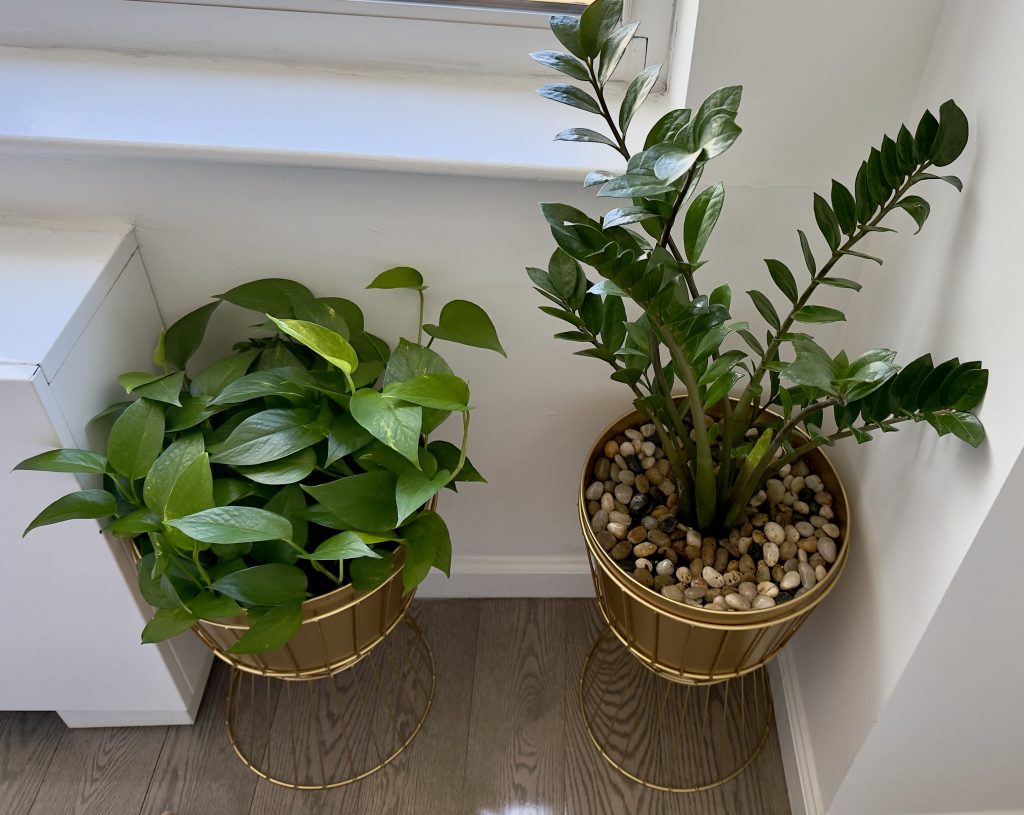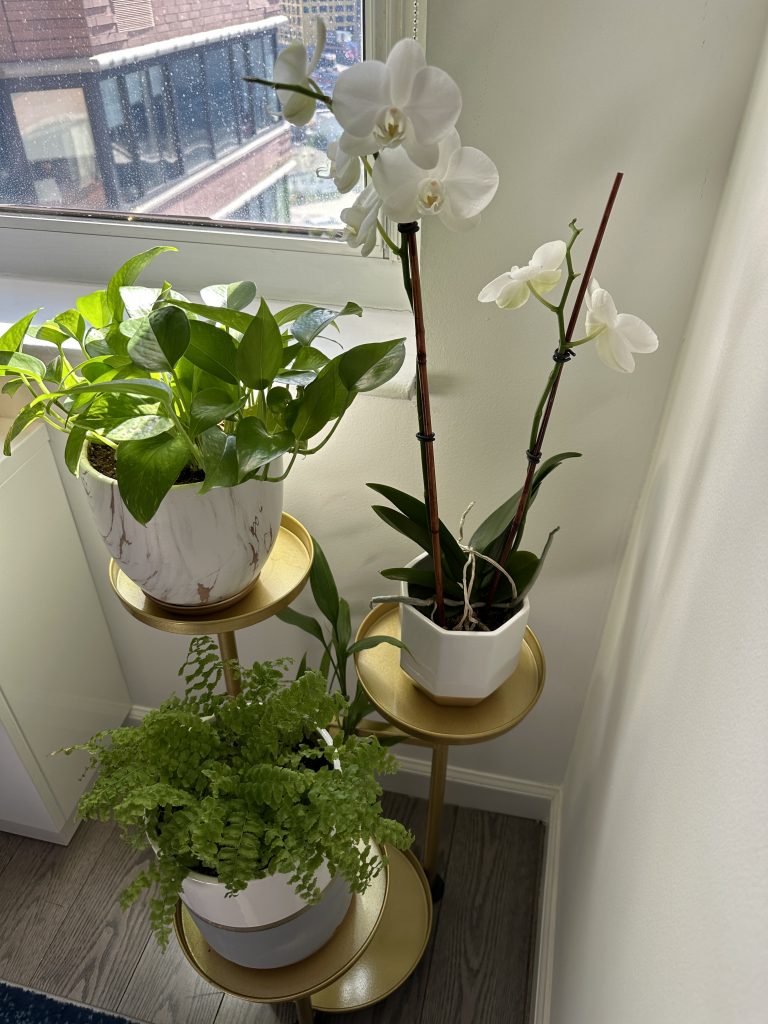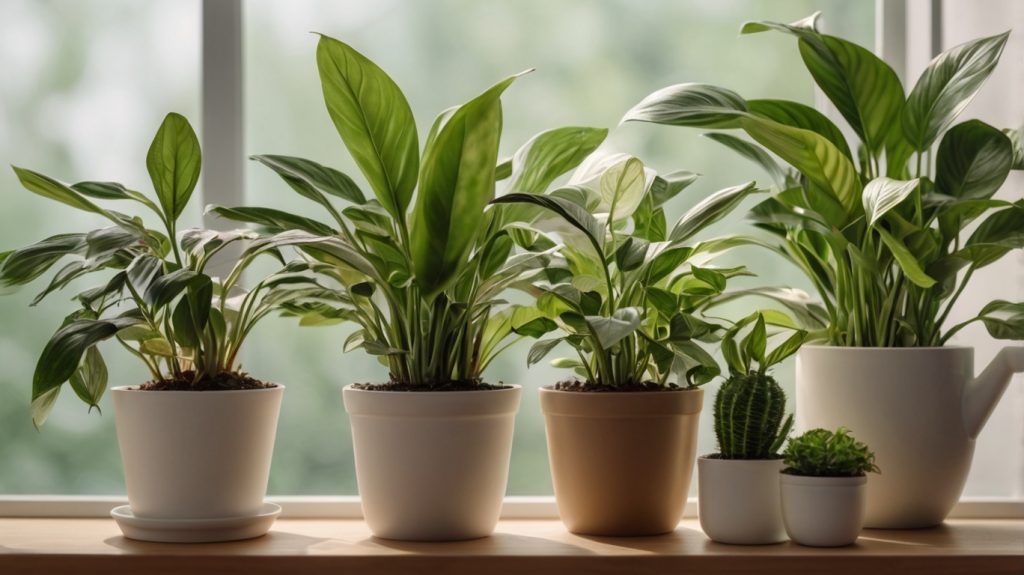Indoor plant care has evolved into a sophisticated practice that combines botanical science, environmental psychology, and wellness principles to create thriving green spaces within our homes. Contemporary research reveals that successful houseplant cultivation extends far beyond basic watering and lighting, encompassing advanced understanding of plant physiology, microclimate management, and the intricate relationships between plants and their indoor environments. For beginners, mastering these fundamentals opens the door to a rewarding hobby that provides mental health benefits, improved air quality, and the satisfaction of nurturing living ecosystems within domestic spaces.
The Science of Indoor Plant Ecosystems
Modern botany reveals that indoor plant care operate within complex microecosystems that require careful balance of multiple environmental factors. Understanding plant physiology helps beginners recognize that successful cultivation depends on replicating natural conditions while adapting to indoor constraints. Plants perform photosynthesis, respiration, and transpiration processes that directly interact with indoor air quality, humidity levels, and atmospheric circulation patterns.
The concept of “plant stress responses” helps beginners understand how environmental changes affect plant health. Unlike outdoor plants that gradually adapt to seasonal changes, indoor plants must adjust quickly to sudden shifts in lighting, temperature, or humidity. Recognizing early stress signals such as leaf discoloration, drooping, or unusual growth patterns enables proactive intervention before problems become severe.
Circadian rhythms in plants mirror human biological clocks, with many species requiring distinct day and night cycles for optimal health. This understanding transforms basic lighting considerations into sophisticated light management that considers duration, intensity, and spectrum throughout different seasons and plant growth phases.


Advanced Diagnostic Techniques for Plant Health
Successful indoor gardening requires developing observational skills that allow early identification of plant health issues. Implement “systematic plant assessment protocols” that include regular examination of leaf color and texture, growth patterns, soil condition, and root health. These assessments help distinguish between normal growth variations and indicators of environmental stress or disease.
Develop “environmental monitoring practices” that track temperature fluctuations, humidity levels, and air circulation patterns throughout your home. Many plant problems stem from microenvironmental conditions that aren’t immediately obvious such as cold drafts from air conditioning, dry air from heating systems, or inadequate air circulation in corners or enclosed spaces.
Practice “soil health evaluation techniques” that go beyond surface moisture assessment. Learn to recognize proper soil texture, drainage capacity, and nutrient availability through visual and tactile examination. Healthy soil should smell earthy rather than sour, drain adequately without becoming waterlogged, and maintain appropriate moisture retention for each plant species.
Seasonal Care Adaptation and Growth Cycles

Indoor plant care requires understanding how seasonal changes affect growth patterns and care requirements, even in climate-controlled environments. During winter months, most houseplants enter dormancy periods requiring reduced watering, minimal fertilization, and adjusted light exposure. This natural cycle helps plants conserve energy during periods of reduced daylight and lower humidity.
Implement “seasonal transition protocols” that gradually adjust care routines as seasons change. This includes modifying watering schedules, relocating plants to optimize available light, and adjusting humidity levels to compensate for heating and cooling systems. These transitions should occur gradually over several weeks to prevent plant shock.
Create “growth monitoring systems” that track plant development through different seasons. Many beginners become concerned when plant growth slows during winter, not realizing this is natural and healthy. Understanding these cycles prevents unnecessary intervention and allows plants to follow their natural rhythms.
Integrated Pest Management and Disease Prevention
Healthy indoor gardens require proactive approaches to pest prevention and disease management that emphasize environmental controls over reactive treatments. Develop “prevention-first strategies” that create conditions favoring plant health while discouraging pest establishment. This includes proper spacing for air circulation, appropriate humidity levels, and regular cleaning practices that remove potential pest habitats.
Learn to identify common indoor plant pests such as spider mites, aphids, and scale insects in their early stages when intervention is most effective. Many pest problems can be prevented through environmental management, such as avoiding overwatering that attracts fungus gnats or maintaining adequate humidity to prevent spider mite infestations.
Implement “quarantine protocols” for new plants that prevent introducing pests or diseases to established collections. New acquisitions should be isolated for several weeks while monitoring for signs of problems that weren’t apparent at purchase. This practice protects existing plants while allowing time for any issues to manifest and be addressed.
Propagation Techniques and Plant Multiplication
Understanding basic propagation methods opens opportunities for expanding plant collections while developing deeper botanical knowledge. Learn “cutting propagation techniques” that work with various plant types, from simple stem cuttings in water to more advanced methods using rooting hormones and specialized growing media.
Practice “division and separation methods” for plants that naturally produce offsets or can be divided at the root level. These techniques not only multiply plant collections but also rejuvenate overgrown specimens and improve their overall health and appearance.
Develop “seed starting capabilities” for growing plants from seed, which provides unique satisfaction and access to rare or unusual varieties not commonly available as established plants. This advanced skill requires understanding germination requirements, seedling care, and the patience to nurture plants through their complete growth cycle.
Read more: How to Care for Indoor Plant: A Beginner’s GuideHOUSEPLANT PRIMER: A GUIDE TO BASIC CARE AND DURABLE PLANTS
Creating Optimal Growing Environments
Successful indoor gardening often requires modifying home environments to better support plant growth. Implement “microclimate creation strategies” that optimize conditions for specific plant groups. This might include establishing high humidity zones for tropical plants, creating bright growing areas with supplemental lighting, or developing cool, humid conditions for plants requiring winter vernalization.
Understand “air quality management” that benefits both plants and human occupants. Plants contribute to indoor air purification, but they also require clean air to function optimally. This includes managing household chemicals, ensuring adequate ventilation, and understanding how common indoor air pollutants affect plant health.
Design “plant grouping systems” that create beneficial microclimates through strategic placement. Plants naturally modify their immediate environment through transpiration and air movement, and grouping compatible species can create more favorable growing conditions for the entire collection.
CONCLUSION:
Indoor plant care is an investment in your well-being and quality of life. By implementing these advanced strategies, you create an environment that not only supports healthy plants but also enhances your home environment and personal well-being through connection with nature. Remember that perfection isn’t the goal consistency, observation, and patience are the keys to successful plant parenthood. Start with one or two easy-care indolor plants and gradually expand your collection as your skills and confidence grow. Your thriving indoor garden will become a source of daily joy and accomplishment.
Indoor Plant Care – Houseplant Checklist By Michelle.Tako (Houseplant-Checklist)
Selection
Assess your light – Know if the location for your plant receives bright, partial or low light.
Read the tag – Plants usually have a care tag that will give information on required light, water and growth patterns.
Look at the leaves – Before buying, look the plant over carefully. Examine the leaves for holes, insects, yellow or brown leaves, wilted or dead leaves. Pass up plants that look unhealthy.
Check the drainage holes – If the roots of the plant are growing out the drainage holes, the plant is root-bound and needs to be re-potted in a larger container. If the mass of roots is very large, the plant might be in poor health and not survive transplanting.
Smell the soil – Potting soil should have an earthy smell, not sour or unpleasant. There should not be insects, fungus or white crusts on the soil.
Regular Care
Water when slightly dry – Check your plants daily by feeling the surface of the soil. Don’t wait until all the soil is dry and the plant wilts.
Water sufficiently – When watering, slowly pour in water until it runs out the drainage holes of the pot. This thoroughly soaks the soils, and encourages healthy root growth.
Tepid water – Water with tepid or slightly cool water. Very cold water can shock the plant’s roots.
Fertilize – Feed your plants with a fertilizer specifically formulated for houseplants once per week spring through fall. Follow package directions for application, and don’t assume more fertilizer is better.
Tidy up your plant – Remove dead leaves by clipping with a scissor.
Rotate the container – Each week, turn your the container one quarter around. This will keep the plant growing straight, without bending towards the light source.
Keep pots above water – Don’t let your plant sit in a tray full of water. The roots will rot.
Do use pebbles – If your home is very dry, you can increase humidity by placing pebbles in the drainage tray, and moistening them with water. Make sure the pot is above the water level.
Mist – You can increase humidity and freshen leaves by misting your plants with room temperature water.
Wash leaves – Rinse your plant’s leaves off in the sink occasionally to remove dust, or wipe with a wet cloth.
Prune – Most houseplants need little pruning, but if your plant is getting too large or has an awkward shape, use a clipper to gently trim back to desired size.
Transplant – If your plant is large in its pot, and starts growing roots through the drainage holes, it is time to move it to a larger container.
Problems
Insects – Check your plant for insects weekly. Common houseplant pests include mealy bugs, spider mites, scale and fungus gnats. Pests can be treated with insecticide formulated for houseplant use.
Disease – Most houseplant diseases are caused by over-watering. Watch for gray powder on the leaves, mushy or wilted stems, dropping leaves or a sour smell. These are signs of fungal infection, which can be difficult to treat. You can try a fungicide spray, but the plant may not recover.
Sunburn – Plants kept too near a heat source can develop brown, crispy spots on the leaves. Move to a cooler location.
Under-watering – Signs of under-watering include very dry soil, wilting leaves and eventual death and drying of leaves.
Cold temperatures – Plants that are exposed to cold temperatures may develop yellow or brown leaf edges, or drop leaves. Move to a warmer spot.
How to Keep Your Home Clean and Organized in Just 15 Minutes Daily?

